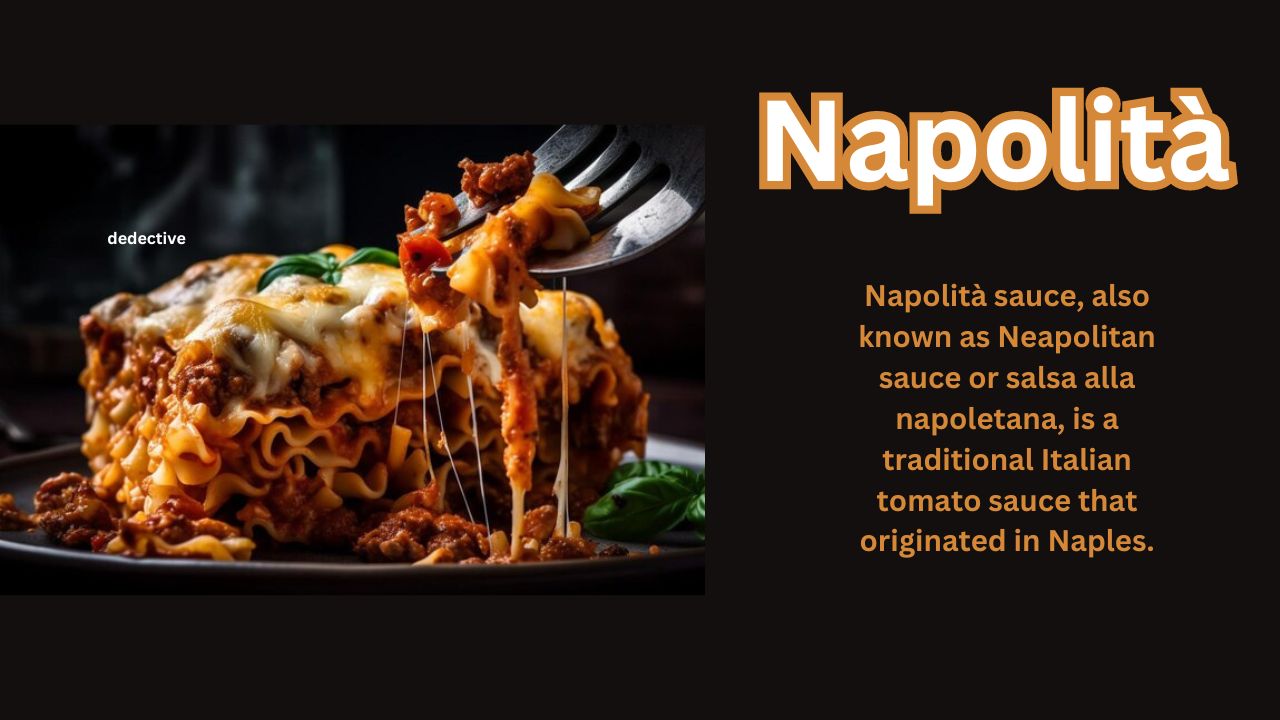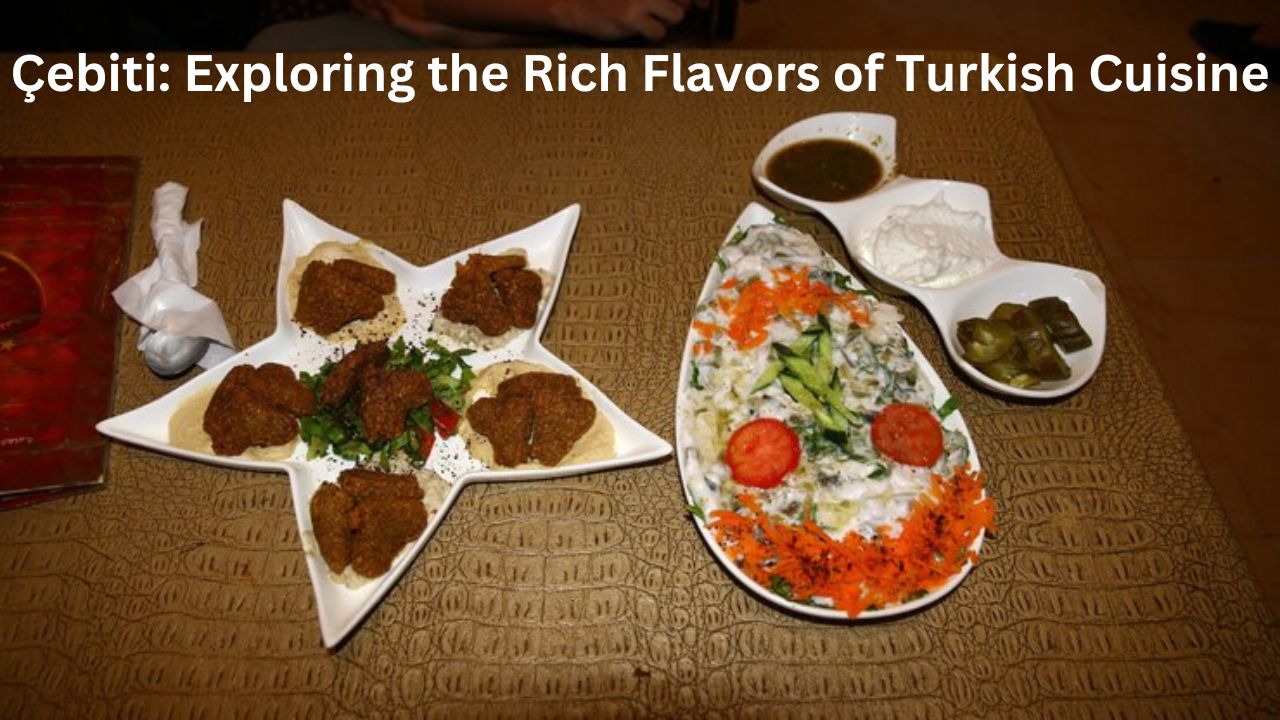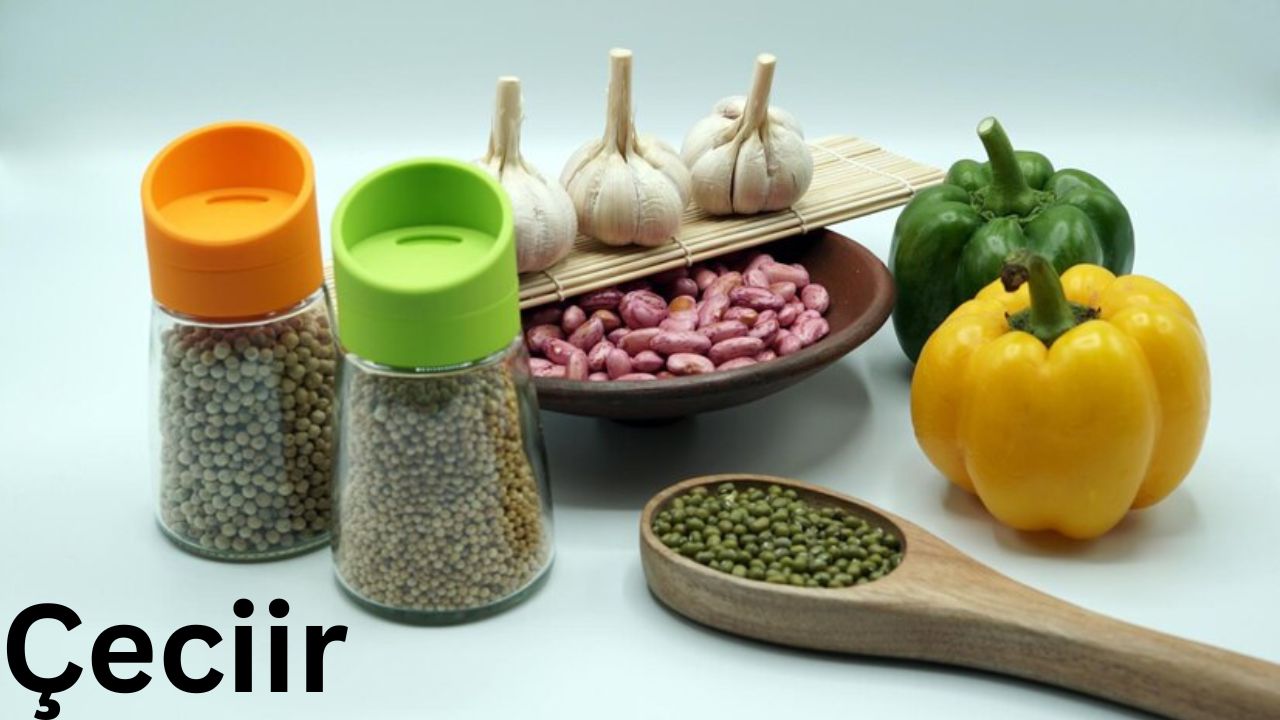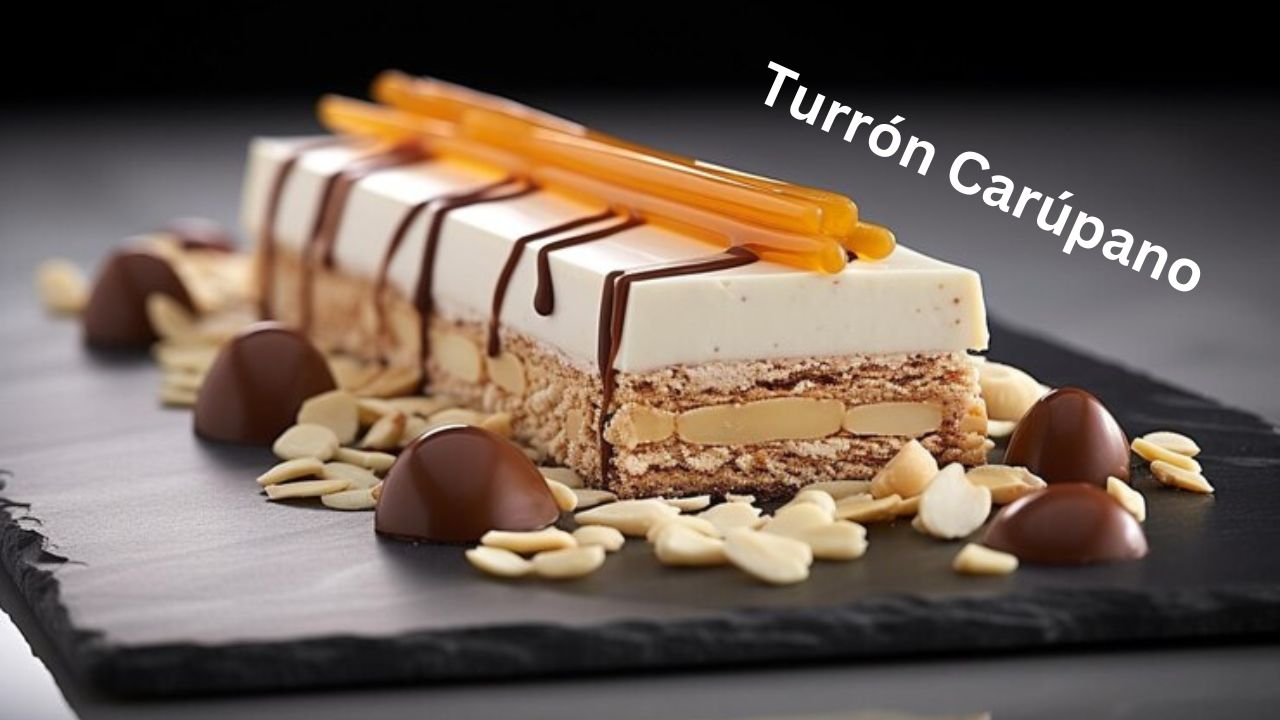Food
Introduction to Napolità Sauce

Napolità sauce, also known as Neapolitan sauce or salsa alla napoletana, is a traditional Italian tomato sauce that originated in Naples. It is a simple yet flavorful sauce that is widely used in Italian cuisine, especially with pasta dishes.
History of Napolitana Sauce
Napolitana sauce has a rich history dating back to the 18th century in Naples, Italy. It was originally made with fresh tomatoes, garlic, olive oil, and herbs, reflecting the simplicity and freshness of traditional Italian cooking.
Ingredients Required for Napolitana Sauce
The basic ingredients for Napolitana sauce include tomatoes, garlic, olive oil, onions, herbs (such as basil and oregano), salt, and pepper. Some variations may include additional ingredients like chili flakes or red wine.
How to Make Napolitana Sauce
- Heat olive oil in a saucepan over medium heat.
- Add chopped onions and garlic, and sauté until softened.
- Add chopped tomatoes (fresh or canned) and cook for about 20-30 minutes, stirring occasionally.
- Season with salt, pepper, and herbs.
- Use a blender or immersion blender to blend the sauce until smooth.
- Serve over pasta or use as a base for pizza.
Tips for Making the Best Napolitana Sauce
- Use ripe, fresh tomatoes for the best flavor.
- Simmer the sauce slowly to develop the flavors.
- Adjust the seasoning to taste.
- Add a pinch of sugar if the tomatoes are too acidic.
Variations of Napolitana Sauce
There are many variations of Napolitana sauce, including adding ingredients like olives, capers, anchovies, or red pepper flakes for added flavor. Some recipes also call for the addition of cream or cheese to create a richer sauce.
Serving Suggestions for Napolitana Sauce
Napolitana sauce is commonly served over pasta, such as spaghetti or penne. It can also be used as a pizza sauce or served with meat or seafood dishes.
Health Benefits of Napolitana Sauce
Napolitana sauce is low in calories and fat, making it a healthy choice for adding flavor to dishes. It is also a good source of vitamins and antioxidants from the tomatoes and herbs.
Common Myths about Napolitana Sauce
One common myth about Napolitana sauce is that it is the same as marinara sauce. While both sauces are tomato-based, marinara sauce is simpler and does not typically include onions or garlic.
Napolitana Sauce in Popular Culture
Napolitana sauce has been featured in various films and TV shows, often as a symbol of traditional Italian cooking and culture. It is also a popular choice in Italian restaurants around the world.
Conclusion
Napolitana sauce is a versatile and delicious sauce that adds flavor to a wide range of dishes. Whether served over pasta, used as a pizza sauce, or enjoyed with meat or seafood, it is sure to delight your taste buds with its rich, tomato flavor and aromatic herbs.
FAQs
- Is Napolitana sauce spicy?
- No, Napolitana sauce is not typically spicy. However, you can add chili flakes or other spices to make it spicy if desired.
- Can I use canned tomatoes for Napolitana sauce?
- Yes, you can use canned tomatoes for Napolitana sauce. Just make sure to use high-quality canned tomatoes for the best flavor.
- Is Napolitana sauce vegan?
- Yes, Napolitana sauce is typically vegan as it does not contain any animal products. However, some recipes may call for the addition of cheese or cream, so be sure to check the ingredients.
- How long does Napolitana sauce last in the fridge?
- Napolitana sauce can be stored in the fridge for up to 5-7 days in an airtight container.
- Can I freeze Napolitana sauce?
- Yes, Napolitana sauce can be frozen for up to 3 months. Allow it to cool completely before freezing and store it in a freezer-safe container.
Food
Çebiti: Exploring the Rich Flavors of Turkish Cuisine

Turkish cuisine is renowned for its rich and diverse flavors, influenced by a history that spans centuries and a geography that bridges Europe and Asia. One of the many treasures of Turkish food is Çebiti, a dish that embodies the essence of Turkish cooking.
What is Çebiti?
Çebiti is a traditional Turkish food made from a combination of minced meat, spices, and herbs, wrapped in thin layers of dough and cooked to perfection. It is similar to other Turkish dishes like mantı (Turkish dumplings) or börek (Turkish pastry), but with its own unique twist.
History and Origin of Çebiti
The origins of Çebiti can be traced back to the Ottoman Empire, where it was served in the palaces of the sultans as a delicacy. Over time, Çebiti became a popular street food, enjoyed by people from all walks of life.
Ingredients Used in Çebiti
The key ingredients in Çebiti include minced meat (usually lamb or beef), onions, garlic, parsley, and a blend of spices such as cumin, paprika, and black pepper. The dough used to wrap the filling is made from flour, water, and a pinch of salt.
How is Çebiti Prepared?
To prepare Çebiti, the minced meat is seasoned with the spices and herbs, then wrapped in thin layers of dough. The wrapped Çebiti is then either fried or baked until golden brown and crispy. It is typically served hot, garnished with yogurt, tomato sauce, and a sprinkle of sumac or parsley.
Variations of Çebiti
Like many traditional dishes, Çebiti has evolved over time, with different regions of Turkey adding their own unique twist to the recipe. Some variations include using different types of meat, adding vegetables like potatoes or peppers to the filling, or using different spices and herbs.
Cultural Significance of Çebiti
Çebiti is more than just a dish—it is a symbol of Turkish hospitality and culture. It is often served at special occasions such as weddings, festivals, and family gatherings, where it is shared with loved ones and enjoyed as a symbol of togetherness.
Health Benefits of Çebiti
While Çebiti is a delicious and indulgent dish, it also offers some health benefits. The combination of protein from the meat and nutrients from the herbs and spices make Çebiti a nutritious and satisfying meal.
Conclusion
Çebiti is a testament to the rich culinary heritage of Turkey, a dish that has stood the test of time and continues to delight food enthusiasts around the world. Whether enjoyed as a street food in Istanbul or as a homemade treat in a Turkish household, Çebiti is sure to leave a lasting impression with its flavorful taste and cultural significance.
Food
What is Çeciir? All You Need To Know

Çeciir, also known as chickpeas, is a versatile legume that has been consumed for centuries around the world. It is a staple in many cuisines and is prized for its nutritional value and health benefits.
What is Çeciir?
Çeciir is a small, round legume that belongs to the Fabaceae family. It is commonly used in cooking and is a rich source of protein, fiber, vitamins, and minerals.
History of Çeciir
Çeciir has been cultivated for thousands of years, with evidence of its consumption dating back to ancient civilizations such as the Greeks, Romans, and Egyptians. It has since spread to various parts of the world and is now grown in many countries.
Benefits of Çeciir
Nutritional Value
Çeciir is packed with nutrients, including protein, fiber, folate, iron, and magnesium. It is also low in fat, making it a healthy choice for those looking to maintain a balanced diet.
Health Benefits
Including çeciir in your diet can have numerous health benefits. It can help lower cholesterol levels, improve digestion, and regulate blood sugar levels. It is also beneficial for heart health and can help reduce the risk of chronic diseases such as diabetes and cancer.
How to Use Çeciir
Cooking Methods
Çeciir can be cooked in various ways, including boiling, roasting, or sprouting. It can be used in soups, stews, salads, and even desserts.
Recipes
There are countless recipes that feature çeciir as the main ingredient. From traditional dishes like hummus and falafel to modern creations like chickpea curry and chickpea salad, there are endless possibilities for incorporating çeciir into your meals.
Buying and Storing Çeciir
Tips for Buying
When buying çeciir, look for dried chickpeas that are whole and unblemished. Avoid buying canned chickpeas that are high in sodium and preservatives.
Storage Methods
Store dried chickpeas in an airtight container in a cool, dry place. Cooked chickpeas can be stored in the refrigerator for up to a week or frozen for longer-term storage.
Conclusion
In conclusion, çeciir is a nutritious and versatile legume that offers a wide range of health benefits. Whether you’re looking to improve your diet or experiment with new recipes, çeciir is a great ingredient to incorporate into your meals.
FAQs
Benefits for Skin
Q: Can çeciir improve skin health? A: Yes, çeciir is rich in antioxidants and vitamins that can help improve skin health and promote a glowing complexion.
How Often to Eat Çeciir?
Q: How often should I eat çeciir to reap its health benefits? A: It is recommended to include çeciir in your diet at least 2-3 times a week to enjoy its nutritional benefits.
Can Çeciir Cause Allergies?
Q: Can çeciir cause allergies? A: While rare, some individuals may be allergic to chickpeas. It is advisable to consult with a healthcare professional if you experience any adverse reactions after consuming çeciir.
Fitness
Turrón Carúpano: A Taste of Venezuelan Tradition

Turrón Carúpano, a traditional Venezuelan delicacy, is a sweet confection with a rich history and cultural significance. Originating from the town of Carúpano, this treat has captivated taste buds around the world with its unique flavors and textures.
History
The history of Turrón Carúpano dates back centuries, with its roots in the Spanish colonization of Venezuela. Originally brought over by Spanish settlers, this sweet treat quickly became a favorite among locals, who added their own twist to the traditional recipe, incorporating local ingredients and flavors.
Ingredients
Turrón Carúpano is made using a blend of simple yet flavorful ingredients. The main components include sugar, almonds, and honey, which are combined to create a sweet and nutty confection. Variations of Turrón Carúpano may include additional ingredients such as chocolate, coconut, or dried fruits, adding depth to the flavor profile.
Preparation
The preparation of Turrón Carúpano is a meticulous process that requires skill and precision. The traditional method involves cooking sugar and honey until they reach a caramelized state, then adding toasted almonds to the mixture. The mixture is then poured into molds and left to cool and set before being sliced into bars or squares.
Regional Varieties
While Turrón Carúpano originated in Venezuela, variations of this sweet treat can be found across Latin America and Spain. Each region puts its own spin on the classic recipe, incorporating local ingredients and flavors to create unique versions of this beloved confection.
Nutritional Value
Despite its sweet and indulgent flavor, Turrón Carúpano offers some nutritional benefits. Almonds, a key ingredient in Turrón Carúpano, are rich in healthy fats, protein, and fiber, making this treat a satisfying and wholesome snack option.
Serving Suggestions
Turrón Carúpano is best enjoyed on its own or paired with a cup of coffee or tea. Its crunchy texture and sweet flavor make it a delightful treat for any time of day.
Popularity
In recent years, Turrón Carúpano has gained popularity beyond its traditional borders, with people around the world seeking out this unique confection. Its blend of sweet and nutty flavors, along with its rich history, has made it a sought-after treat for those looking to experience the flavors of Venezuela.
FAQs
- What is the history behind Turrón Carúpano?
- What makes Turrón Carúpano unique?
- How is Turrón Carúpano different from other types of turrón?
- Can Turrón Carúpano be made at home?
- Is Turrón Carúpano gluten-free?
- What are some common misconceptions about Turrón Carúpano?
For those interested in exploring the world of Venezuelan cuisine, Turrón Carúpano offers a delightful journey into the flavors and traditions of this vibrant culture. So, why not indulge in a taste of Venezuela’s sweet history with a delicious piece of Turrón Carúpano?
Conclusion
In conclusion, Turrón Carúpano is more than just a sweet treat; it’s a symbol of tradition, culture, and community. Its rich history and delightful flavors continue to captivate people around the world, making it a truly special confection. Whether enjoyed on its own or paired with a hot beverage, Turrón Carúpano is sure to satisfy your sweet tooth and leave you craving more.
-

 Fashion2 months ago
Fashion2 months agoAll about Denim (λιβαισ) Fashion.
-

 News3 months ago
News3 months agoAbraham Quiros Villalba: A Profile of Brilliant Leader
-

 Health3 months ago
Health3 months agoMilialar (Milia): Everything You Need to Know
-

 Detective2 months ago
Detective2 months agodetective conan الحلقه 509
-

 Technology3 months ago
Technology3 months ago2023-1954: More Than a Technology
-

 Health2 months ago
Health2 months agoToastul : 7 Recipes to Savor Morning, Noon, and Night
-

 Technology2 months ago
Technology2 months agoWadware : 7 Signs Your Device Might Be Infected
-

 Technology3 months ago
Technology3 months agoA Journey to Discover Lan Astron


